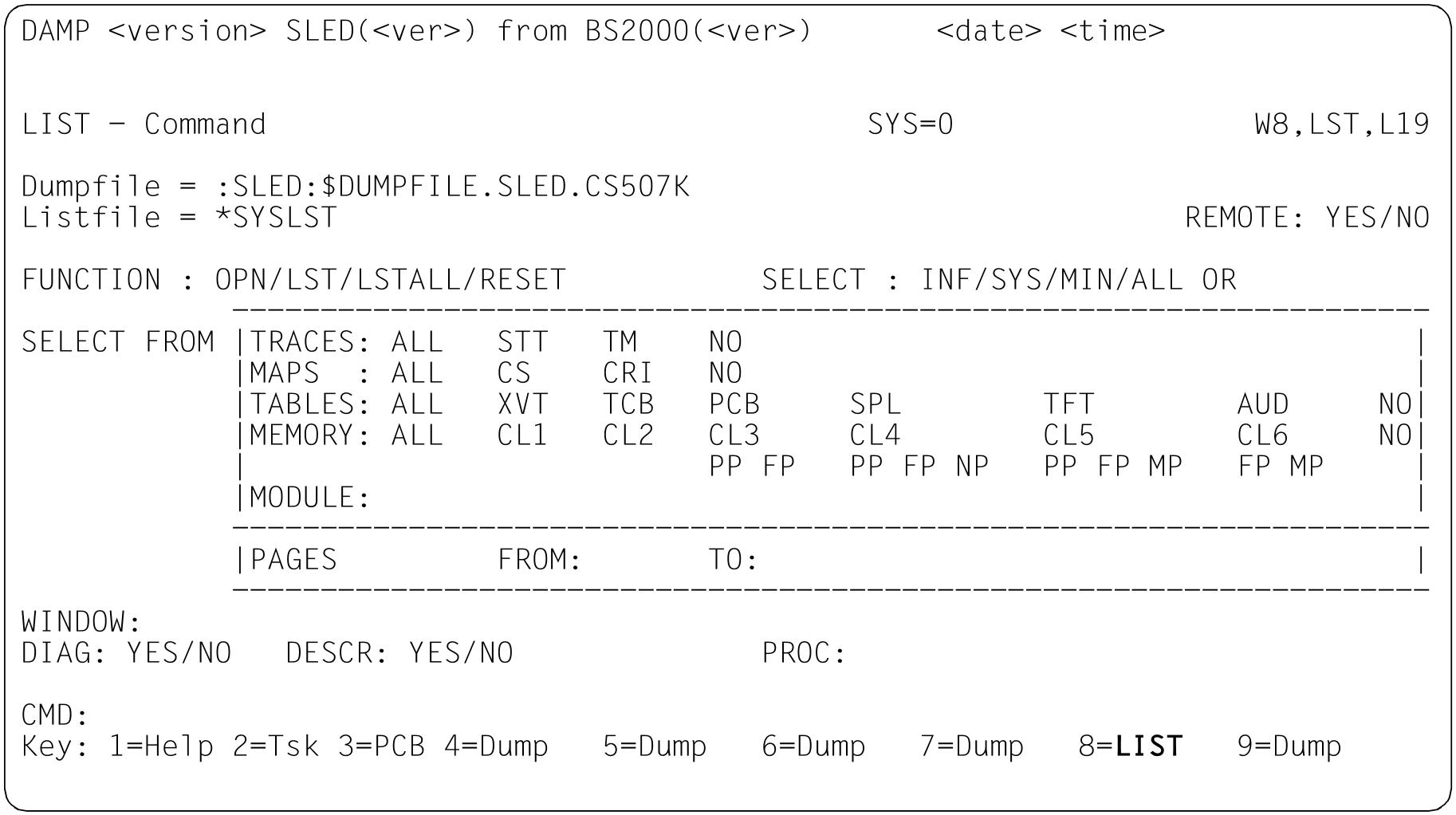Figure 63: Individual areas that can be marked for output
The parameters shown within the frame are used for the explicit selection of individual areas for output. Filling out or marking any field within the frame causes an automatic switch to SELECT FROM. Conversely, marking any option outside the SELECT frame deactivates the settings within this frame. However, the settings are not “forgotten” and can be activated again by marking SELECT FROM.
Some of the fields are used to specify the memory area by marking or entries. A task must be selected for these so-called memory options when analyzing SLED or SNAP files and specifying task-local memory.
The following options are available:
TRACES | This specifies which system trace is to be output: | |
| ALL STT TM NO | all traces the system trace table the overview of the traces managed by the trace manager no trace | |
MAPS | This specifies which information for the localization of addresses and corrections is to be output: | |
| ALL CS CRI NO | the CSECT maps and the Rep information only the CSECT maps only the contents of the SAVEREP or REPLOG section no maps | |
TABLES | This selects the system tables to be output. | |
MEMORY | This defines the precise limits of memory segments which are to be output in dump format in the list. Whereas the standard list output (= minimum) contains only memory pages referenced from PCBs or save areas via general-purpose registers, this option permits the specification of contiguous memory segments. For all MEMORY parameters, a task must also be selected when analyzing SLED or SNAP files and specifying task-local memory (see section "Selecting a task"). | |
The following are additional memory options:
PAGE FROM | Defines a page as a lower limit for the memory area to be output; the contents of the ASID input field is taken into account for real/absolute addresses (ASEL=RM/ABS). |
PAGE TO | Defines a page as an upper limit for the memory area to be output; the contents of the ASID input field is taken into account for real/absolute addresses. Page numbers (up to 8 hexadecimal digits) are within the range of X'0' to X'1FE00000'. |
WINDOW | Specifies a standard dump window whose contents (a memory area) are to be printed. In order to list the contents of a window, the window must be filled, which means that a dump file must be opened. Consequently, LSTALL cannot be used in combination with this option. In the case of symbolic output, the output extends to the end of the DSECT; for all other output formats, it extends to the next page boundary. It may thus be necessary to increment the output address and repeat the output in order to obtain all the information.
|
MODULE | Specifies a system module that is to be output in its entirety. |


